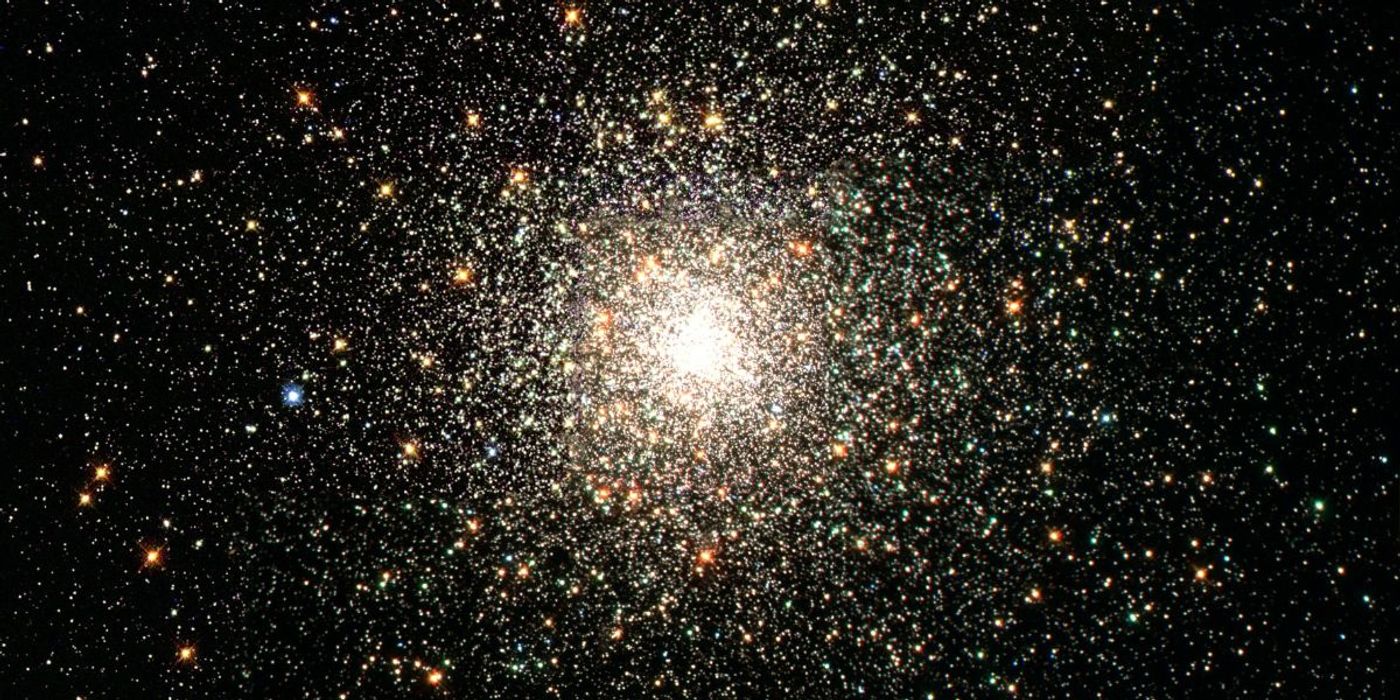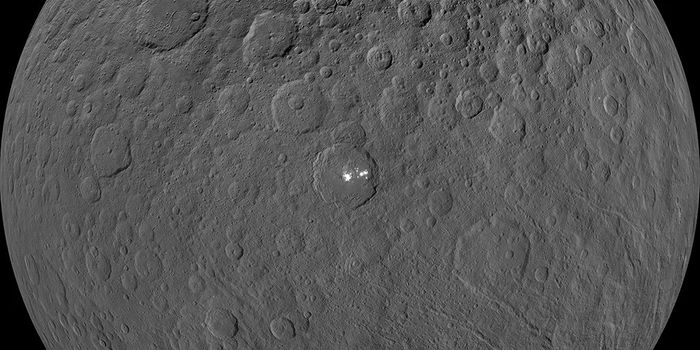Astrophysicists Find Evidence of Nearby Planet that May Sustain Life
Researchers have found that a nearby red dwarf star, known as Gliese 887, may host three planets, one of which could sustain life.
Red dwarf stars are the most common kind of star in the galaxy, with masses between 7.5% and 50% of our sun. Gliese 887 is just 10.7 light-years away from Earth and is the brightest red dwarf observable from Earth.
While previous work has found that many red dwarfs host planetary systems, it wasn't until recently that researchers found planets orbiting Gliese 887. Examining the star for 80 days in 2018 with the High Accuracy Radial Velocity Planet Searcher (HARPS) instrument at La Silla Observatory in Chile, they noticed 'wobbling' patterns from Gliese 887, seemingly from gravitational tugs from orbiting planets.
Interpretation of the signals confirmed that the star has at least two planets, while closer examination revealed that it might also host a third planet, somewhat farther away. Should this be a planet too, the researchers say that it may exist in the star's inhabitable zone, where surface temperatures are sufficient to sustain liquid water, and thus life.
Unlike other red dwarf stars, Gliese 887 does not produce many flares and other explosive activity. This makes it easier to analyze the atmospheres of its surrounding planets as there would be less signal interference. The researchers thus hope to analyze their atmospheres by examining the wavelengths of light they absorb and emit.
"The host star Gliese 887 is the best star in close proximity to the sun to understand whether its exoplanets have atmospheres and whether they have life because it is such a bright and quiet star," says Sandra Jeffers, an astrophysicist at the University of Goettingen in Germany, and the study's lead author.
In future studies, the researchers hope to confirm whether there is a third planet orbiting Gliese 887. If so, they then hope to study its atmosphere using the James Webb Space Telescope, due for launch in 2021.









